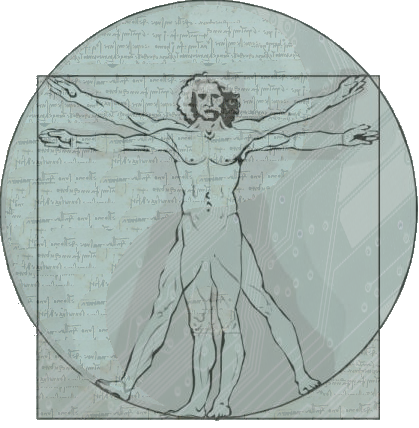This is an extended iterative design cycle of deliverables, performed by a team of ~4 students. Each team will conceptualize, design, test, build, and evaluate a prototype (technology probe), which supports an experience, manifested though an interactive application, device, and/or service. Within the domain of human-computer interaction research, your team's project topic is open.
The goal is to define a capability— that is not extreme rocket science or requires a huge development team to build— which provides a unique, meaningful experience for actual users that you can recruit, to participate in your evaluations. What can you develop in reasonable scope of work that will do something unique and valuable?
Unless you already have a clear, fairly amazing idea of what how to do it, the capability should not be one that one or more whole companies are dedicated to working on.
For your project idea to be viable for the final project cycle:- it must be sufficiently unique;
- you must have in mind a clear, specific scenario that shows how you will provide a uniquely valuable experience;
- you have to be able to recruit actual users to engage with it in a meaningful way, and so, to be able to gather meaningful data, which will serve you in performing at least a formative and potentially even a summative evaluation; and a
- reasonable scope of work for development.
Areas of interest include sensemaking and information-based ideation, through the visual re-presentation of semantic relationships among information resources, embodied interaction, Augmented and Virtual Reality, Human-Centered Artificial Intelligence, Games, Location-Based Interaction, and the Future of Work.
Information visualization applications present alternate representations of information that aid cognitive processes of understanding relationships among entities and properties. Interactive information visualization applications allow the user to manipulate parameters to weight, reorder, expand, and reduce, to engage in operations such as, "Overview first. Zoom and filter. Details-on-demand." The high cognitive load associated with understanding complex information requires good visual design and strong interaction techniques.
Project deliverables
- form project groups
To begin, engage in discussions with your classmates to decide with whom you will work. In your discussions, address project topic areas and personal affinitites. Form a team of four students. Choose a name for your team. (You can change this name later, when you become more sure of your project.)
- D1: initial proposal
- D2: proposal refinement
- proposal presentation
- D3: lightweight prototype + storyboards
- D4: user study low-fidelity: lightweight prototype evaluation
- D5: functional prototype 1
- D6: user study functional
- research presentation
- D7: research paper


